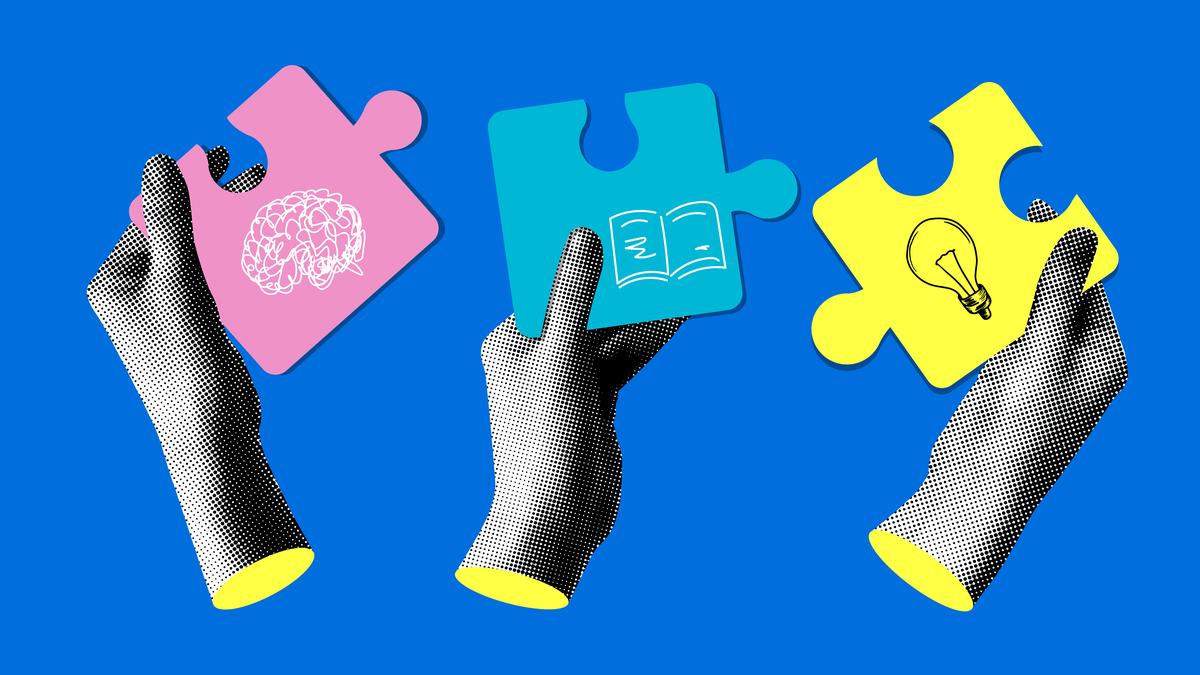The classroom environment plays a subtle but powerful role in shaping student success.
| Photo Credit: Getty Images/iStockPhoto
Understanding how students absorb, process, and retain information has never been more critical in an era of rapidly evolving learning environments and diminishing attention spans. Traditional teaching methods, rooted in rote memorisation and standardised assessment, often fail to engage students effectively. However, insights from behavioural science provide a fresh perspective on how learning can be optimised to create more dynamic, student-centred classrooms.
By applying principles from cognitive psychology, motivation theory, and decision science, educators can promote deeper learning experiences and improve student outcomes.
Processing information
Behavioural science highlights that learning is not merely a passive transfer of information but a complex interplay of cognitive processes, emotions, and environmental cues. One fundamental concept is cognitive load theory, which suggests that students have a limited capacity to process information at any given time. Overloading students with excessive content or poorly structured material leads to cognitive fatigue, reducing retention and comprehension. Rather, chunking or dividing lessons into smaller and more manageable chunks improves memory and comprehension. Similarly, spaced repetition, where information is revisited over time, has been shown to strengthen long-term retention, making it a far superior approach compared to last-minute cramming.
Another crucial factor in the learning process is motivation. Traditional education often relies on extrinsic motivators such as grades and rewards, but behavioural research suggests that intrinsic motivation — where students are driven by curiosity, autonomy, and mastery — yields more sustainable learning outcomes. The concept of self-determination theory explains that when students feel a sense of autonomy and competence in their learning, they engage more deeply.
Educators can cultivate this by designing classroom activities that provide choice, encourage problem-solving, and relate lessons to real-world applications. Furthermore, tapping into students’ natural curiosity by framing lessons as challenges or puzzles enhances engagement, as it aligns with the brain’s preference for resolving uncertainties.
Information presentation can also have a big impact on student engagement and retention in the classroom. The availability heuristic, a cognitive bias where people tend to rely on immediate examples that come to mind, suggests that relatable and vivid storytelling is far more effective than abstract theories. When educators use narratives, case studies, and real-life applications, students are more likely to internalise concepts and recall them later. Additionally, incorporating active learning strategies, such as discussions, role-playing, and experiential learning leads to stronger cognitive connections than passive lecture-based approaches. Instead of being passive consumers of knowledge, research consistently demonstrates that students learn best when actively involved.
The classroom environment plays a subtle but powerful role in shaping student success. Behavioural science underscores the impact of nudges — small environmental or procedural changes that influence behaviour without restricting choices. For instance, structuring syllabi with clearly defined goals and providing regular formative feedback can guide students toward better academic habits. The way assessments are framed also matters; instead of high-stakes exams that induce anxiety, incorporating low-stakes, frequent quizzes has been found to reinforce learning while reducing stress. Even the physical layout of a classroom — arranging seating to encourage collaboration rather than isolation — can significantly impact student participation and engagement.
Engaged learners
Beyond academic learning, behavioural science offers valuable insights into bridging the employability gap. Employers today seek graduates who are not only knowledgeable but also adaptable, resilient, and capable of making sound decisions in uncertain environments. The field of decision science sheds light on how students can be trained to think critically and make better judgements. Introducing scenario-based learning, where students are placed in complex real-world decision-making situations, prepares them for professional challenges. Encouraging reflection and metacognition — where students analyse their thinking patterns — can also foster better problem-solving skills and adaptability.
A well-designed curriculum infused with behavioural insights does more than impart knowledge; it transforms students into engaged learners and critical thinkers. The shift from conventional instruction to a more scientific, student-centric approach requires educators to rethink how they teach, assess, and support students. By leveraging behavioural science principles, universities and institutions can build better classrooms that not only enhance learning outcomes but also empower students with the cognitive and emotional skills necessary for lifelong success.
The writer is the Director, Management Development Institute (MDI), Gurgaon.
Published – April 19, 2025 03:08 pm IST
